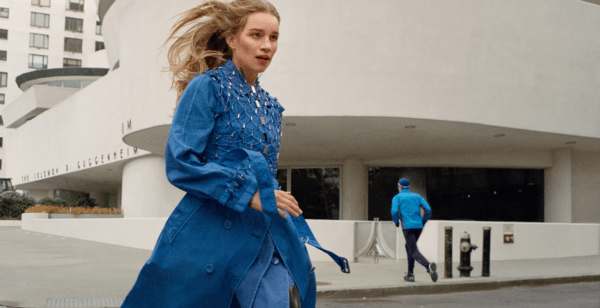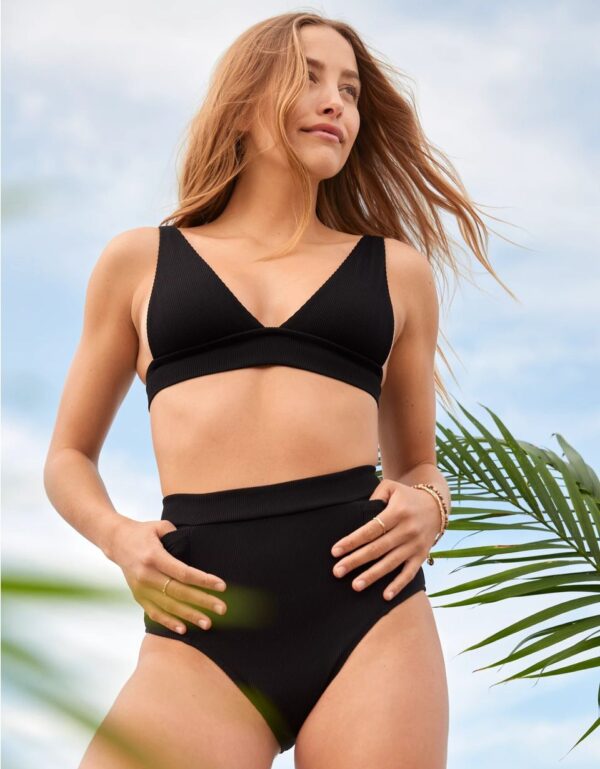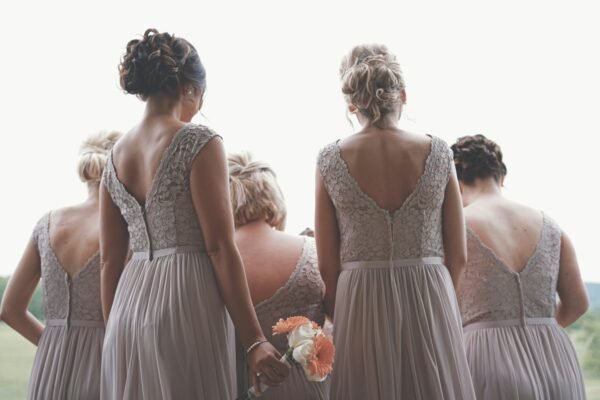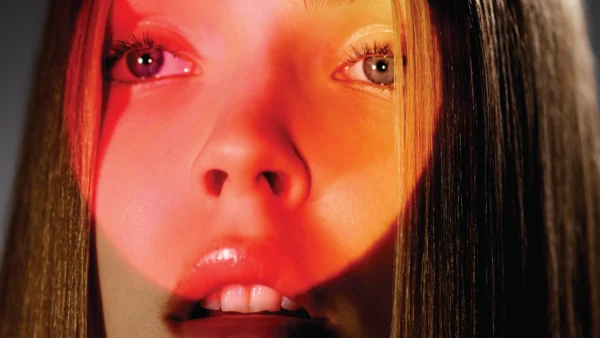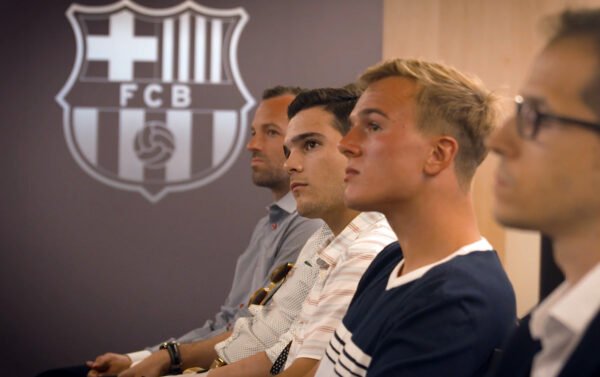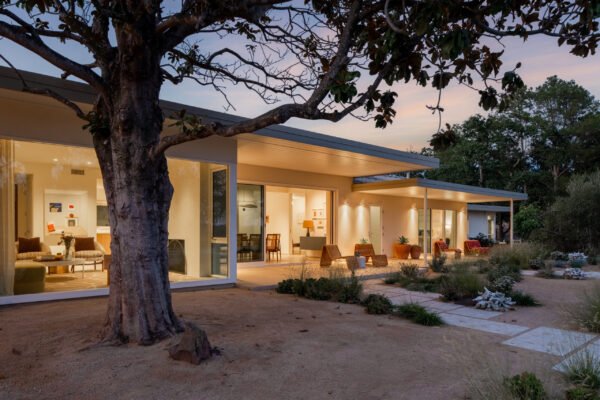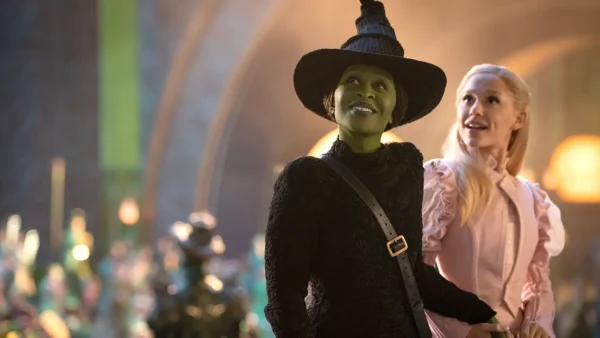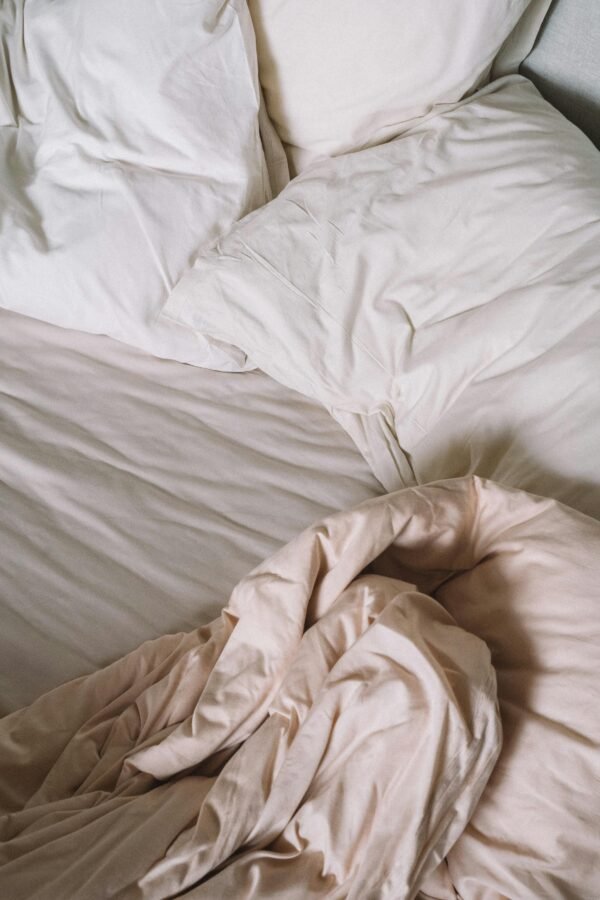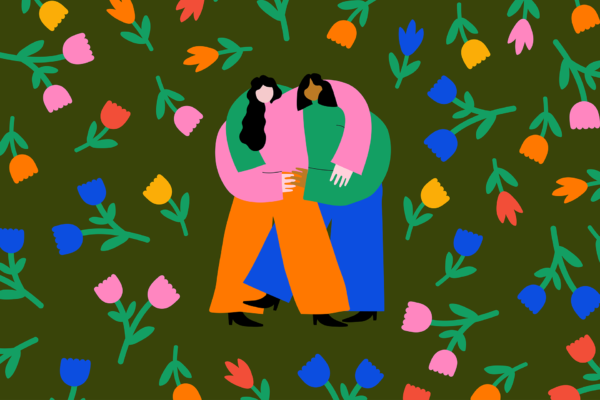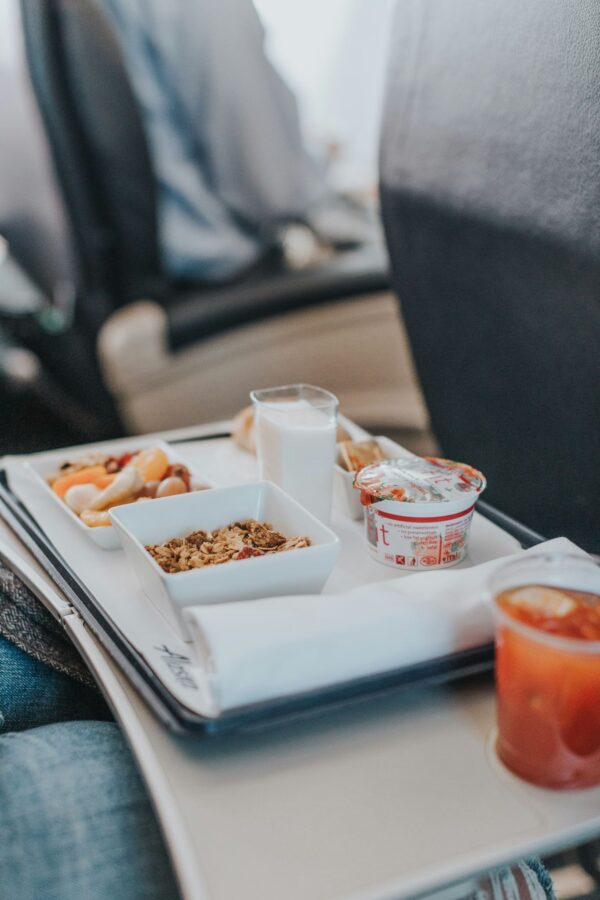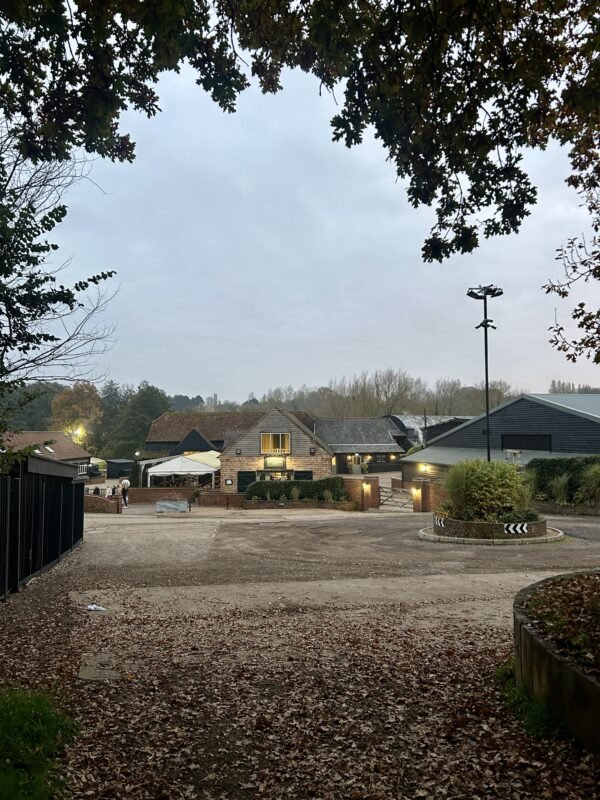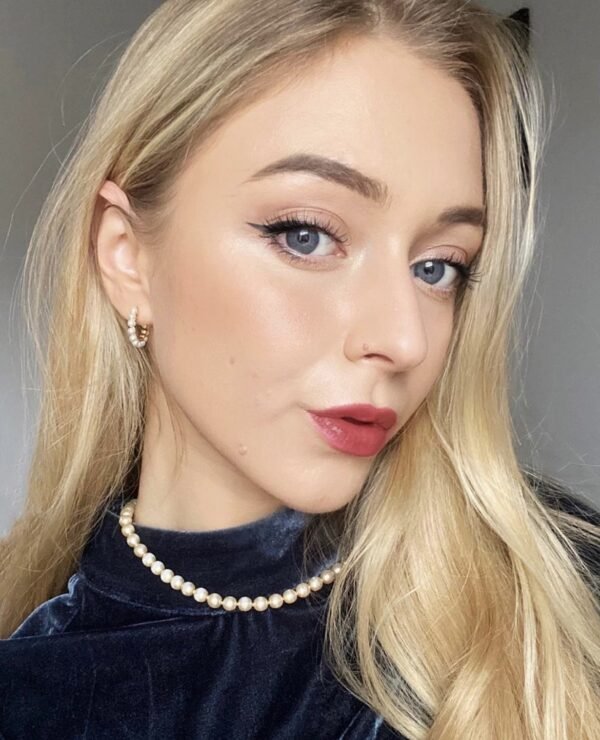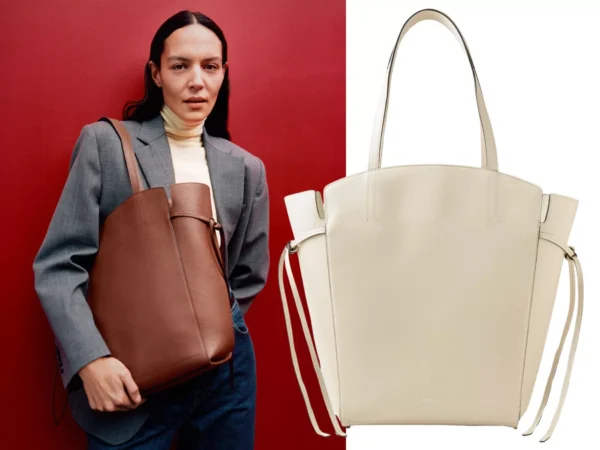
The Story Behind the Brand: Paco Rabanne

Paco Rabanne is a world-renowned brand, recognised for its fashion and accessories, but also for its Paco Rabanne fragrances too. A bold brand that wasn’t afraid to push the boundaries, the story of Paco Rabanne is quite remarkable. How much do you know about the man behind the eponymous label? Here we take a look at the evolvement and development of Paco Rabanne; both the man, and the brand he built.

Paco Rabanne was born Francisco Rabaneda y Cuervo in 1934, in the Basque region of Spain. At a young age, he fled to Paris with his mother during the Spanish Civil War in 1939, after his father had been captured and executed.
Settled in Paris, Rabanne’s mother became a seamstress for none other than Balenciaga, but Rabanne’s own introduction into the fashion industry would come later. Instead, Rabanne studied architecture at the École Nationale Supérieure des Beaux-Arts in Paris from 1951 to 1963, where he won an award for an uninhabitable garden sculpture.
To finance his studies, he took up drawing and sketching, supplying designers with drawings of handbags and shoes. Soon, he began designing costume jewellery, including unusual buttons and embroideries. His early clients including Nina Ricci, Cristobal Balenciaga and Hubert de Givenchy.
Paco Rabanne’s foray into fashion

Rabanne created his first collection and presented his first show in 1966. He experimented with oversized jewellery in geometric shapes and bright colours, which brought him great commercial success. This also marked his beginnings in experimenting with unusual materials, often held together by metallic elements.
The collection was named ‘Twelve Unwearable Dresses in Contemporary Materials’, and featured barefoot models which shocked the audience. This helped to establish his reputation as a revolutionary. The collection, displayed on a Paris runway, made it possible for women to reject the usual fabrics of silk and satin, instead opting for more industrial choices like metal or plastic.


Paco Rabanne’s work became characterised by the rejection of traditional couture techniques. Instead, he favoured exploring unusual materials, including different ways of assembling them. Coco Chanel called him ‘the metal worker’, while his other notable experiments with fashion included paper dresses.
Growing his brand

Paco Rabanne partnered with Puig, a company well-known for its fashion and fragrance knowledge. The brand’s first feminine fragrance, Calandre, was released in 1969 alongside Puig and Pour Homme was released soon after in 1973.
In 1987, Puig acquired the entire Paco Rabanne business. However, Paco Rabanne’s fragrances, as well as licenses for other products, made it possible at the time for him to continue his fashion journey without suffering from the low profit margins often associated with haute couture. In 1999, he decided to put an end to haute couture and instead concentrate on the ready-to-wear sector that was experiencing growth.



Today, Paco Rabanne remains a well-established brand with a wide range of beautiful products, including best-selling fragrances.






